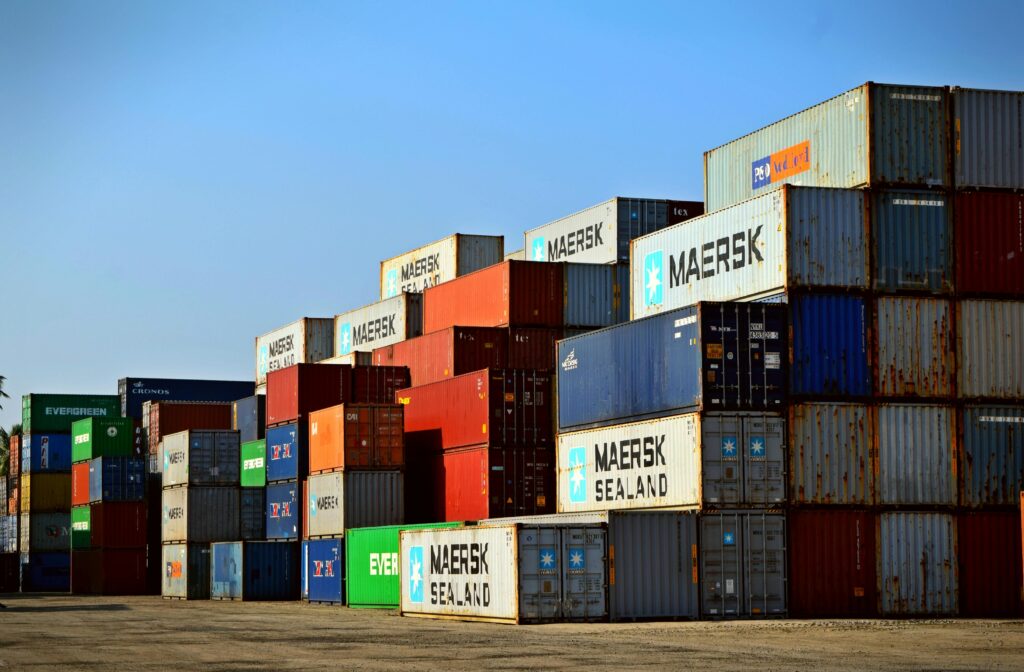The Data Trail Nobody Notices
Place an online order today and at least four separate databases will store a version of your identity: the retailer, the payment gateway, the courier and the warehouse management platform. Each dataset attaches different context from billing postcode, credit-card BIN, delivery latitude-and-longitude. When aggregated they can map a home address, infer net worth and predict travel schedules. Attackers understand that the weakest privacy link is often the vendor two steps removed from the buyer. This is where Third-party acquisition comes into the equation.
Research from Black Kite and SecurityScorecard charts the trend. Technical-services vendors alone generated more breaches in 2024 than the entire supply chain did five years earlier. Nations are responding: Australia’s Privacy Act reforms introduces explicit criminal penalties for doxxing, signalling that legislators view uncontrolled data flow as an urgent threat.
Yet law is reactive. The more immediate risk is operational. When a courier label exposes an executive’s address or a tracking app leaks a content creator’s daily routine, threat actors need no database breach at all; the information is already public by design. This becomes increasingly problematic for Government agencies who have far greater stakes when protecting confidential information.
Profiles in Exposure
Corporate leaders operate in a spotlight where investment decisions, activist movements and routine shareholder politics can flare into personal hostility. A forged invoice for residential alarms or a leaked shipment of ballistic-grade glass can telegraph exactly which doors remain unreinforced. In the United States alone, eleven million senior staff reported doxxing attempts last year.
Family offices embody discretion, yet Deloitte’s most recent global survey found forty-three per cent of offices endured at least one cyber attack in the past two years, a quarter of them suffering three or more. Many procure smart-home devices, art logistics and aviation spares through household employees, embedding principals’ names and flight plans in vendor portals that seldom pass a penetration test.
Government Sector can be undone by a single supplier misstep. When the UK Ministry of Defence confirmed in May 2024 that attackers had slipped through a contractor’s self-hosted payroll system, the incident underscored how confidential addresses, unit strengths and movement schedules can leak without ever touching a departmental network. Similar patterns cropped up again in April 2025, when U.S. government contractor Conduent disclosed a breach that exposed personal data tied to federal programmes, and in a separate leak of classified-work documents held by Defence giant Leidos. For Australian and regional agencies that procure everything from drones to satellite uplinks, an unvetted logistics or SaaS vendor can reveal the locations of secure facilities or the model numbers of systems in transit. A third-party acquisition pipeline severs that link by scrubbing purchasing metadata and running inbound hardware through tamper-evident inspections before it ever reaches a protected network. The ensures compliance with Protective Security Policy Framework (PSPF) obligations while denying adversaries the breadcrumbs they need for targeted intrusion campaigns.
Influencers and athletes experience the same risk curve without the corporate security budget. Case files range from TikTok creators confronted by armed stalkers at their parents’ homes to travel bloggers traced across borders by fans who exploited courier tracking numbers. Public visibility drives higher engagement statistics, and with that engagement comes a tidal wave of metadata leaking through brand-collaboration platforms and merchandise fulfilment houses.
Cultural figures offer a cautionary tale. When the membership list of a private WhatsApp group dubbed “Zio600”, comprising more than six hundred Jewish creatives was leaked in 2024, members reported abrupt contract cancellations, threats and sustained harassment. All it took was one compromised endpoint to re-identify individuals who believed their conversations were secluded. Third-party acquisition cannot prevent ideological targeting, but it removes the simplest attack vector: the postal address that bridges online rage to physical danger.
How Third-Party Acquisition Severs the Trail
Third-party acquisition reframes procurement as an opacity service. Instead of buyers dealing directly with merchants, a specialist intermediary, NoxNoir in this context steps between the two and performs four discrete tasks.
First, teams determine exactly what the client needs, from satellite phones to bespoke jewellery. That clarity prevents unnecessary data sharing in the RFQ stage. Next, vendor-risk analysts score potential suppliers against sanctions lists, breach history and geopolitical alignment, rejecting merchants whose infrastructure or jurisdiction pose elevated exposure.
The purchase itself occurs under a legally registered company that bear no public link to the end client. Payment details, shipping manifests and confirmation emails terminate at NoxNoir’s secure hubs. On arrival, a team unbox, photograph and review the product. Firmware is hashed against golden images, ports are inspected for covert radios and packaging is searched for tracker tags. Only after the item passes inspection is it re-boxed, re-labelled and forwarded to the true destination, often via a secondary courier route that breaks the digital tie to the original consignment.
Throughout, logs are sealed in a tamper-evident ledger. Auditors can later verify authenticity without ever revealing client identity to external regulators or insurers.

More Than Privacy: A Strategic Edge
Concealing identity delivers obvious safety benefits, yet users quickly discover commercial upside. Vendors who cannot see a customer’s wealth or brand reach price closer to wholesale averages, neutralising the so-called “VIP tax.” Boards gain a consolidated supplier-risk dashboard because every transaction flows through a single controlled pipeline. Insurers, now writing policies that penalise poor third-party hygiene, accept a trusted ledger as evidence of best practice, lowering premiums in the same way telematics devices reduce fleet insurance costs.
For governments and critical-infrastructure operators, the value shifts to counter-intelligence. Pre-deployment teardowns turn random hardware procurement into a security review point. Foreign telemetry calling home is stripped before routers or cameras touch a classified network, satisfying Australia’s Protective Security Policy Framework without delays that plague traditional accreditation.
Building a Sustainable Program
Successful third-party acquisition begins with classification. Organisations must first map which purchases, if leaked, expose critical or senstive information. Those items graduate into the alias pipeline of third party aquisition; low-risk commodities can remain on standard procurement cards if required. Governance follows, appointing a custodian, often the CISO or the principal’s chief of staff who owns the policy and reports exceptions directly to the board.
Threat intelligence is critical. Supplier-risk scores, breach feeds and sanctions updates should flow into the approval queue automatically. That fusion turns procurement clerks into an extension of the security operations centre, where purchase metadata feeds the same dashboards as endpoint alerts.
Finally, organisations must practise. Red-team exercises that attempt to trace goods back to the buyer test the opacity of the system and surface weaknesses, whether in courier hand-offs or in alias naming conventions that echo real initials.

Where NoxNoir Fits
NoxNoir’s role is to take the burden of discreet, risk-aware procurement off your shoulders through our third-party acquisition service. We stand between you and the marketplace, acting as the named purchaser while your identity stays out of every invoice, courier label and payment log. Our team vet suppliers against open-source intelligence and sanctions data before a single order is placed, ensuring you avoid vendors with a history of breaches or geopolitical complications. Items arrive first at our facility, where the team check for signs of tampering and confirm that firmware or embedded components match the specifications you approved. Only then do we forward the goods to their true destination.
Because the third-party acquisition process runs on the same intelligence engine that underpins our executive cyber protection and family-office security services, the insight we gather about suppliers, shipping lanes and emerging threats feeds back into your broader risk picture. In practice, that means one partner managing the entire chain: research, purchase, inspection and lifecycle monitoring. The result is simple, your organisation gets what it needs, when it needs it, without surrendering the privacy and safety that high-profile clients must protect.
Conclusion
The statistics paint a stark picture: attackers now exploit the supply chain to hand them credentials, addresses and opportunity. Legislators will continue to criminalise doxxing and penalise lax data guardianship, yet compliance alone cannot outpace threat actors who monetise personal metadata faster than courts can prosecute.
Third-party acquisition offers a proactive countermeasure. By breaking the visible link between high-value purchaser and high-value asset, it turns every transaction into a dead end for surveillance, activism and organised crime. Executives, family offices, influencers and Government programs share a common imperative: buy what you need without advertising who you are. In 2025 that is no longer paranoia; it is operational sense.
NoxNoir stands ready to embed this principle into policy, workflow and everyday safety, delivering the invisible shield modern life demands. For more information, visit our page on Third Party Acquisition.
